
VUR is a condition where urine flows backward from the bladder into the ureters or kidneys, increasing the risk of urinary tract infections. It may be mild or severe. Treatment includes antibiotics, regular monitoring, or surgery in some cases to prevent kidney damage and recurrent infections.

Ureteric anomalies are structural abnormalities in the tubes that carry urine from the kidneys to the bladder. These may include duplication, narrowing (stricture), or ectopic insertion. Symptoms may include urinary infections or poor kidney drainage. Treatment often involves imaging, close follow-up, and surgery if needed to restore normal urine flow.
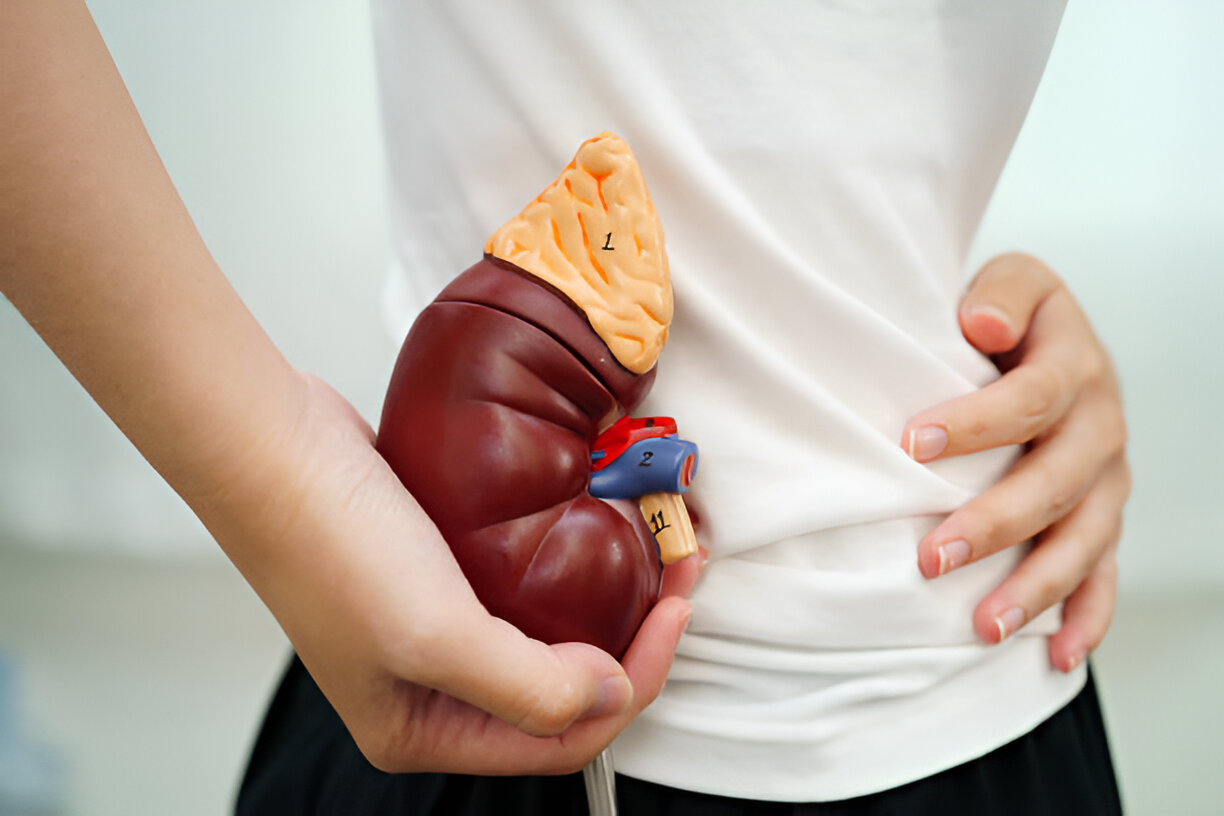
Renal anomalies are congenital abnormalities in kidney size, position, or number, such as horseshoe kidney or multicystic dysplastic kidney. These may be detected before or after birth. Some require only observation, while others may need medical or surgical treatment, especially if they affect kidney function or cause infections.
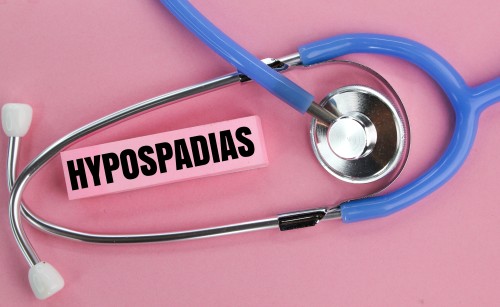
Hypospadias is a birth defect in boys where the opening of the urethra is not at the tip of the penis but on the underside. It may affect urination and future fertility. Surgical correction, usually done between 6 to 18 months of age, helps restore normal function and appearance.
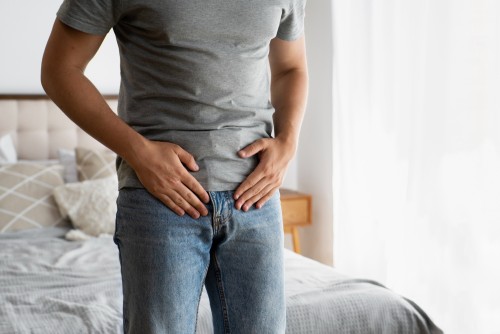
An inguinal hernia occurs when a portion of the intestine pushes through a weak spot in the groin. It appears as a bulge, especially during crying or straining. It doesn’t go away on its own and needs surgical repair to prevent complications like strangulation or bowel obstruction.
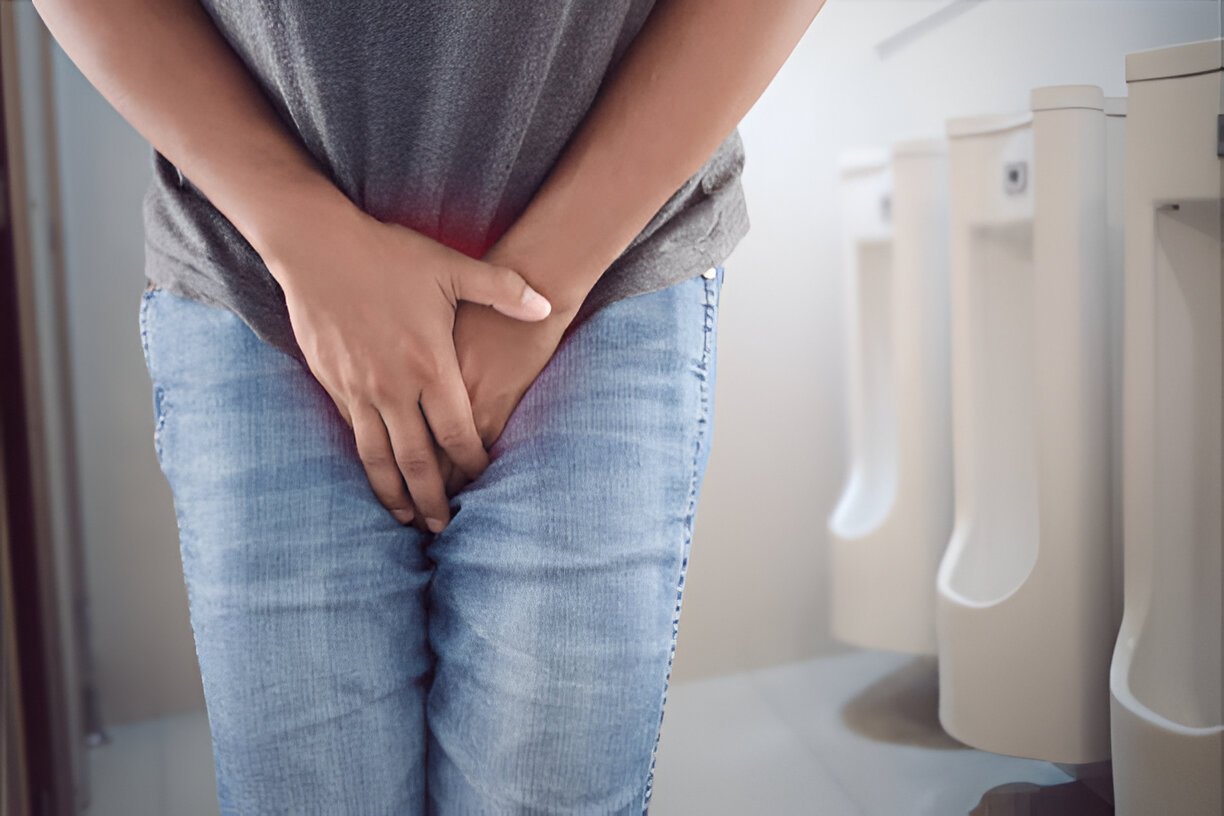
Hydrocele is a fluid-filled swelling in the scrotum, common in newborn boys. It is usually painless and often resolves on its own by the age of one. If it persists or enlarges, surgical correction may be recommended to remove the fluid and prevent discomfort or complications.
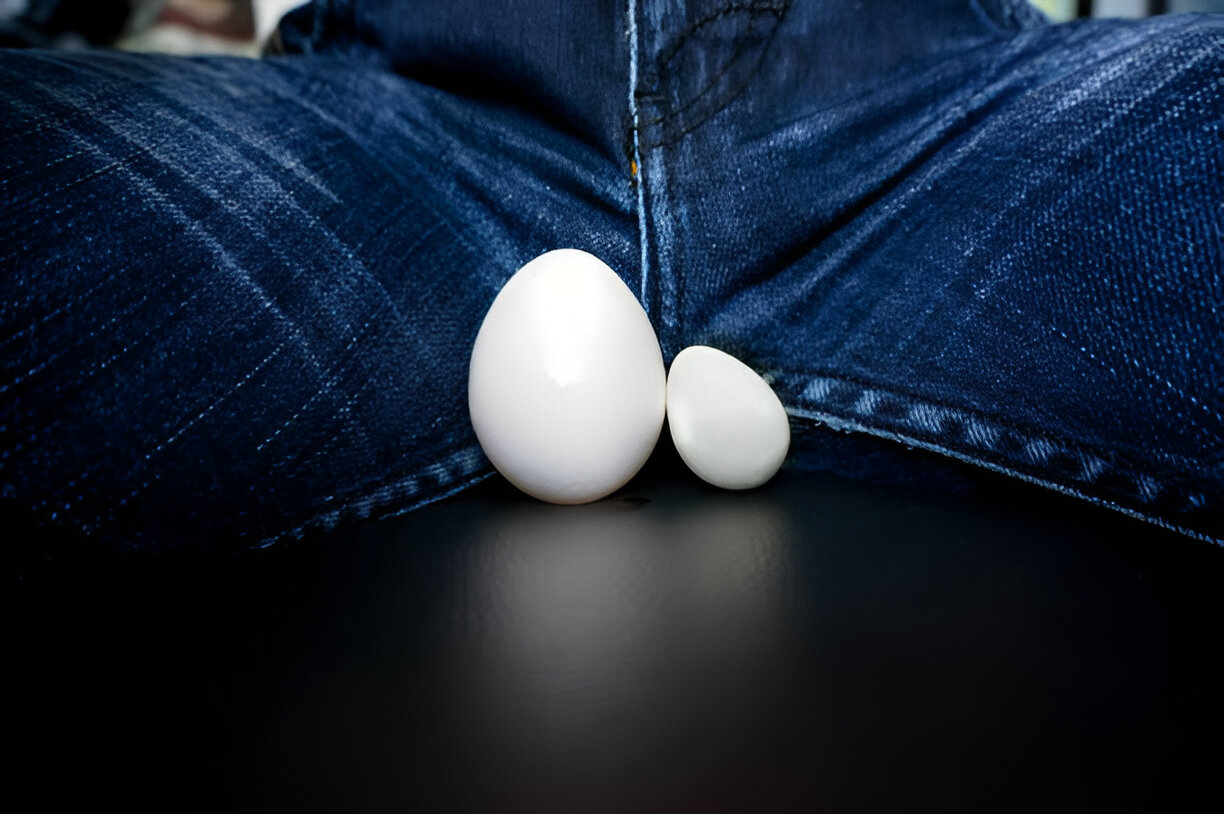
Cryptorchidism is a condition where one or both testicles fail to descend into the scrotum. It may be noticed during a newborn exam. If the testis does not descend naturally by 6 months, surgery (orchidopexy) is performed to position it correctly, improving fertility and reducing the risk of cancer later in life.